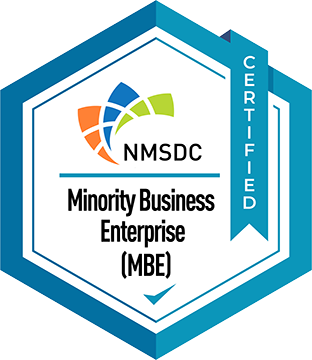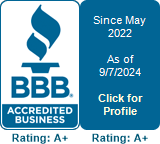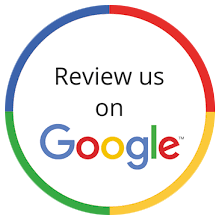Medical Terminology
Medical Terminology for Interpreters is an interactive eLearning course designed for interpreters of all skill levels who want to gain a better understanding of medical interpreting terminology and basic anatomy.
- Broader working knowledge of anatomy and physiology
- Better understanding of the major bodily systems, human anatomy, specialists, and diagnostic procedures
- Glossary enhancements with common terms
> Learn more about Medical Terminology Program <
Working with the Joint Commission
The Joint Commission is a U.S. based, non-profit organization founded in 1951. Over the years, it has earned an enormous reputation and is considered the gold standard to accredit and standardize medical services across the globe and accredited over 22,000 healthcare organizations, domestic and abroad. It’s main objective is to establish hospital safety and quality standards combined with evaluations and collaboration with staff and stakeholders.
This eLearning program will provide hospital staff with a great overview of the Joint Commission and its importance.
> Learn more about Working with the Joint Commission Program <
Professionalism as an Interpreter
Professionalism as an Interpreter is available as an interactive eLearning course. The course is designed for multilingual speakers who are looking to either start a new career as an interpreter or incorporate interpreting into their current position.
- Better working knowledge of the interpreting industry
- Standards necessary to maintain an interpreting position
- The role of an interpreter
- Best practices while on the job.
> Learn more about Professionalism as in Interpreter Program <
Working with Interpreters in a Professional Setting
This interactive eLearning course is designed for individuals or teams who work with non-English speaking clients and interpreters. This course will help you better understand how to have the best possible experience in your professional interactions while maintaining your daily schedule. The course includes:
- Best practices for working with interpreters and non-English speakers
- Insight into the interpreting industry and hiring process for interpreters
- The differences between trained interpreters and bilingual speakers
- Proper request procedure
- All steps of the assignment process
> Learn more about Working with Interpreters in a Professional Setting <
Interpreting in a School Setting
Interpreting in a School Setting is available as an interactive eLearning course. The course is designed for interpreters who are preparing to start interpreting for school meetings.
- Help communicate the Student’s Individualized Education Program (IEP).
- Interpret at the appropriate language level so the student (and their parents) understand the Program that has been designed for the child.
- Clearly convey all aspects of meaning and content and provide ongoing support if necessary.
- Facilitate and support participation and social communication to avoid isolation.
> Learn more about Interpreting in a School Setting Program <
Understanding HIPAA
Understanding HIPAA is an interactive eLearning course designed especially for Interpreters, employees and teams who are looking to work or working in a healthcare setting.
- Relevance of HIPAA in the interpreting industry
- How to use HIPAA on an everyday basis during healthcare assignments
- Quick history of the Health Insurance Portability and Accountability Act
- The importance of protecting PHI as an interpreter
- Reporting violations: how, where, and to whom
> Learn more about Understanding HIPAA Program <
Understanding OSHA
Understanding OSHA is an interactive eLearning course designed especially for Interpreters, employees and teams who are looking to work or working in a healthcare setting. The course includes:
- Workplace safety and employee rights under the Act’s standards and regulations.
- Employer’s rights and responsibilities to their workers
- Difference between employee and independent contractor
> Learn more about Understanding OSHA Program <



